Which is the fastest NASCAR car in the history of the sport?
Other Sports
Auto racing is one of the most dangerous sports in the world. From the iconic oval tracks like Daytona and Talladega to the challenging short routes such as Bristol and Martinsville, NASCAR cars push the boundaries of velocity. The question arises, how fast do NASCAR cars go?
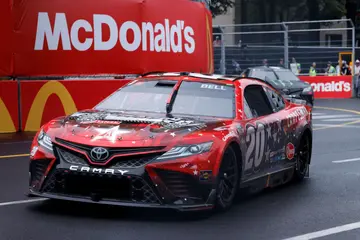
Driving 70 miles per hour down a highway can even be dangerous, but NASCAR drivers compete at speeds more than double the typical streetcar. The drivers jostle next to each other at death-defying speeds for hours in hopes of reaching the checkered flag first, and sometimes, mistakes can cost them their lives. How fast do standard cars go, and what is the fastest speed ever recorded on a race track in competition?
Watching a NASCAR driver whiz past you at top speed is magical. The blur of the racing stripes zipping by and the engine's zoom makes auto Racell speed; race cars can reach over 200 miles per hour on the track at full speed. They can go from zero to 60 mph in approximately three seconds. NASCAR vehicles can get up to 750 horsepower during a race, whereas a regular car tops at about 300 horsepower.
Which is the fastest NASCAR car in the history of the sport?
Other Sports
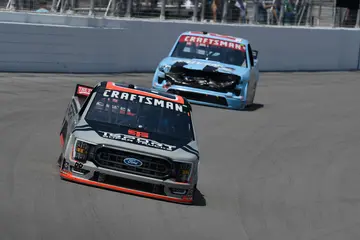
The fastest race cars in NASCAR today barely reach 200 mph. Their vehicles used to race at close to 210 mph routinely.
Hall of Famer Bill Elliott holds the fastest recorded time in NASCAR history. In 1987, Elliott’s race car was clocked at 212.089 miles per hour during a qualifying run at Talladega Superspeedway, now known as the fastest track in NASCAR. There have been other instances of drivers claiming they beat Elliott’s record on various closed courses, but none of those times were official.
On average, NASCAR race cars can reach around 180 to 200 miles per hour (290 to 320 km/hr) on the straightaways of larger tracks such as Daytona International Speedway or Talladega Superspeedway. However, the speeds can vary depending on the specific route and conditions.
Some ways with shorter straightaways or tighter turns may result in slightly lower rates. These speeds are approximate averages and actual rates during races and can fluctuate based on aerodynamics, track conditions, and race strategies.
Finally! A list of the best female race car drivers of all time
MotoGP
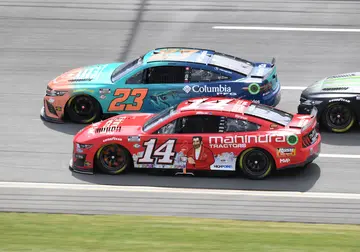
At Talladega Superspeedway, NASCAR race cars can reach incredibly high speeds due to the track's design and long straightaways. The average speeds at Talladega are among the highest. On average, vehicles at Talladega can reach speeds between 190 to 200 miles per hour (305 to 320 km/hr) during a race.
However, it is essential to note that these speeds can vary depending on various factors, such as track conditions, aerodynamics, and race strategies. Additionally, there have been instances where cars have exceeded 200 miles per hour at Talladega, particularly during qualifying runs or in drafting packs during races.
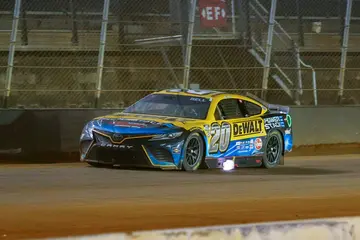
Bristol Motor Speedway is a short track in the NASCAR Cup Series, and due to its smaller size and tight turns, the speeds achieved at Bristol are considerably lower compared to superspeedways like Talladega. At Bristol, the average rates during a race typically range from 115 to 130 miles per hour (185 to 210 km/hr).
Ranking the 15 best car racing movies ever produced and their ratings
MotoGP
The track's configuration, with its high banking and short straightaways, requires drivers to navigate the turns at lower speeds, resulting in a different style of racing that emphasizes close-quarters competition and frequent contact between cars. Despite the lower average rates, Bristol races are known for their intense action and thrilling battles among the drivers.
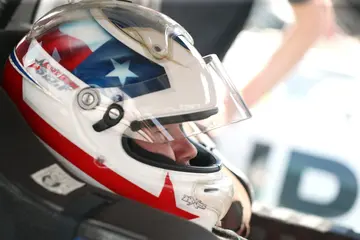
During caution periods, NASCAR race cars slow down significantly to ensure the safety of drivers, track workers, and spectators. The speed limit for vehicles under caution, known as the "caution speed," is typically around 50 to 60 miles per hour (80 to 95 km/hr). This reduced speed allows for better control and increased reaction time in case of incidents or debris on the track.
It also provides track officials and safety crews to attend to any issues that may have caused the caution. The officials strictly enforce the caution speed, and drivers must adhere to it until the caution period ends and racing resumes.
A list of the best race-driving schools in the world at the moment
MotoGP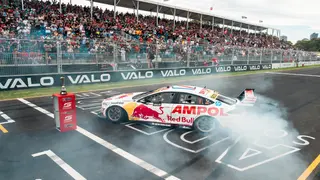
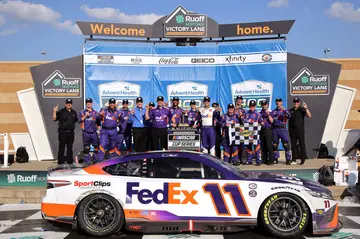
At Kansas Speedway, NASCAR race cars can reach impressive speeds due to the track's layout and configuration. The average rates at Kansas Speedway vary depending on track conditions, weather, and race strategies. On average, cars at Kansas Speedway can reach speeds between 160 to 180 miles per hour (260 to 290 km/hr) during a race.
The track's 1.5-mile (2.4km) length and progressive banking allow for high-speed racing, but actual speeds can fluctuate based on various factors. Additionally, qualifying rates at Kansas Speedway can be higher, often exceeding 190 miles per hour (305 km/hr) as drivers push for the fastest possible lap time in single-car runs.
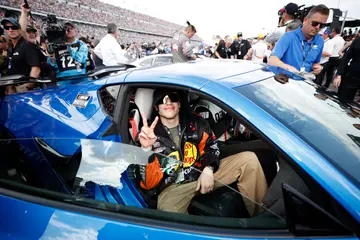
At Daytona International Speedway, NASCAR race cars reach some of their highest speeds on the entire circuit. The high banking and long straightaways of Daytona allow for high-speed racing. On average, vehicles at Daytona can reach speeds between 190 to 200 miles per hour (305 to 320 km/hr) during a race.
The top 20 best American sports cars of all-time ranked
MotoGP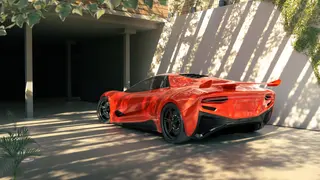
These speeds are mainly achieved on the track's 2.5-mile (4.0 km) tri-oval configuration, especially during drafting manoeuvres where drivers tuck closely behind one another to reduce aerodynamic drag. The speeds vary depending on track conditions, weather, and race strategies. During qualifying, cars can often exceed 200 miles per hour (320 km/hr) in single-car runs, showcasing the incredible speed potential of NASCAR vehicles at Daytona.
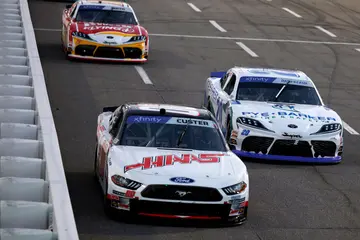
Under caution periods, NASCAR race cars significantly reduce their speed to ensure safety and maintain control on the track. The speed limit during caution, known as the "caution speed," is typically around 40 to 55 miles per hour (64 to 88 km/hr). This reduced speed gives drivers better control of their vehicles and ample time to react to any potential incidents or hazards on the track.
It also provides safety crews and officials to handle any necessary cleanup or track maintenance. NASCAR strictly enforces the caution speed, and drivers must maintain it until the caution period ends and racing resumes.
Who are the 10 fastest MLB players in the league right now?
Baseball
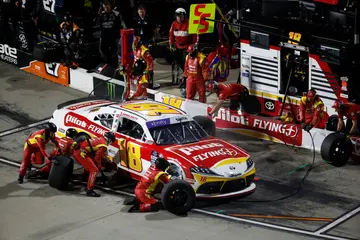
With new technology emerging in the automobile industry every year, Bill Elliott’s speed record would have been broken by now, but that is not the case. It has not been broken, and likely will never be, because it changed its rules in 1987 to slow its race cars down as a safety measure.
After Elliott’s record run, NASCAR implemented restrictor plates on all its cars. Restrictor plates limit the power of the car’s engine and even the playing field by maxing out the car’s top speed. This way, no driver has a competitive advantage, and the rate cannot get out of control. Implementing restrictor plates has likely saved countless lives, but it takes away the game's fun for NASCAR fans.
Therefore, to answer the question, How fast do Nascars go? The blistering pace of NASCAR cars is a testament to these high-performance vehicles' engineering and performance capabilities. On average, NASCAR race cars can reach around 180 to 200 miles per hour (290 to 320 km/hr) on larger tracks like Daytona and Talladega.
Who is the fastest bowler in the world currently in 2022?
Cricket
READ ALSO: Michael Malone's bio and details: All you need to know about the Denver Nuggets coach
Sports Brief recently disclosed details about the former player and current head coach of the NBA's Denver Nuggets, Michael Malone, the son of the late, great coach Brendan Malone.
Michael helped his team win a championship after a 47-year drought. Michael Malone's Denver Nuggets won their first NBA Championship in 2023. Check the latest news here.